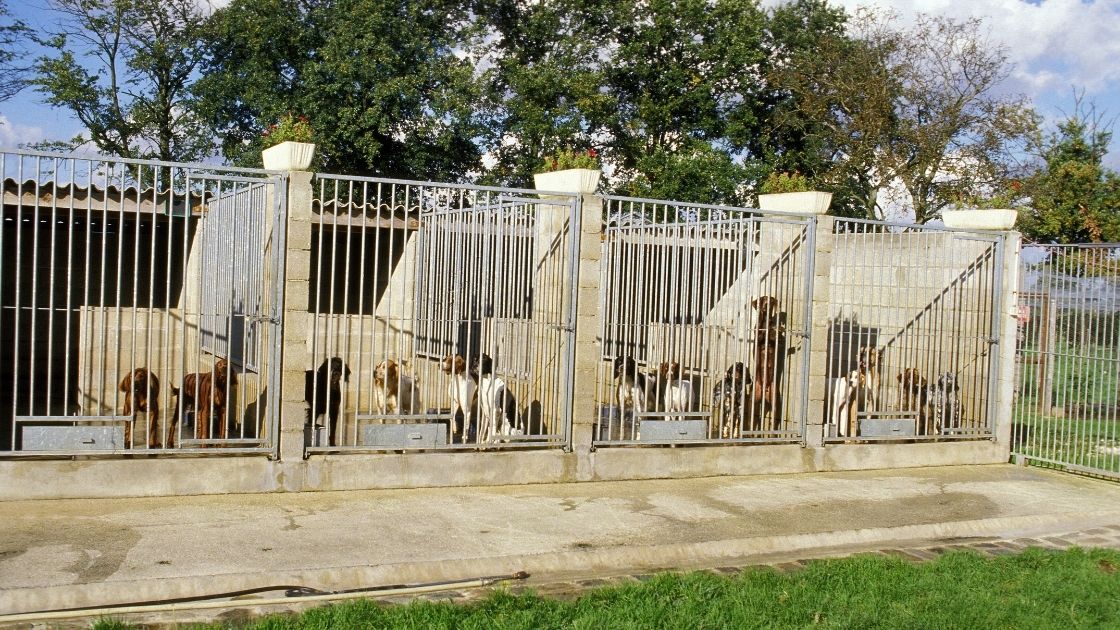Why Do Dogs Bark When Humans Fight?
Why Do Dogs Bark When Humans Fight? Dogs specialize in reading body language, and they will react accordingly. They can understand and react to the emotions that humans display. When people are angry and fighting, dogs can hear noises and voices and see movements. This helps them to understand what is happening. The noises, voices, and movements they hear trigger their instincts to react. They might see a threat, a possible mate, or danger.
When you are fighting with someone, your body language might not be perfect. This can also trigger your dog’s instincts. Some dogs will react with barking, while others will react with growling, and others may try to run away. These are all normal instincts that are triggered by their environment. At first, your dog may seem to react, but the barking will become more frequent in a short period. This is called the barking threshold, which means how much barking your dog can take before reacting.
If your dog is a puppy, this threshold might be lower than an adult dog. Their reaction may not be a sign of aggression but fear and stress. There is no need to worry if your dog barks when people are fighting.
What Triggers Dogs to Bark When People Fight?
If you are in a fight, your dog might react by barking because they perceive that you’re fighting. They might also react because they feel the tension in the air and want to run away. If your dog is a puppy, this reaction may be its first response to stress and fear. The noises, voices and movements that dogs hear trigger their instincts to react. Dogs understand emotions like fear, aggression, and humans’ physical danger. When humans are fighting, their body language might not be perfect or be aggressive enough for a dog to determine what is happening or if there is an actual threat. This can also trigger your dog’s instincts because it causes them to bark when they see something amiss or hear something new.
Why Do Dogs Bark When Human Fight?
Dogs bark when people fight because they don’t understand what’s happening. When a dog hears noises, voices, and movements related to fighting, their instinct kicks in and reacts accordingly. Dogs can clearly hear you and your emotions when you fight with someone else. They know when there is a threat, a possible mate, or danger. There is no need to worry if your dog barks when people are fighting, as it is just their instincts kicking in.
How to Stop Your Dog From Barking When People Fight
The best way to stop your dog from barking when people fight is by using a food reward. Reward your dog with their favorite food and make sure they are happy before you start fighting. This will help to avoid any situations that might cause them to bark. If your dog does bark, go over to them and make sure they are ok. Please keep them safe for the duration of the fight and continue to give them their food reward as long as they behave well.
If you want to stop your dog from barking when people fight, there are many ways that you can use as well. You can try using a spray bottle or water bottle when people start fighting with each other to distract your dog from the noise around them. Another way is by using a boundary like an invisible fence or a fence that is far enough away so that you don’t have to be right next to your dog when the fighting starts.
Signs of Aggression in Dogs
Dogs are very social animals, and they rely on human contact to survive. When your dog barks when people are fighting, it can signify that they are afraid of the situation or scared for the person who is fighting. It’s important to know how to differentiate between fear and aggression in dogs.
Some Signs of fear Below..
- Hiding
- Dog may have its ears back
- Shy/Sneaky
- Dog looks away from people
- Nervousness
- Dog is panting and drooling
How does arguing affect a dog?
Dogs react to what they see, hear and smell. They don’t understand the meaning of words that are being said, only the meaning of how people are saying them. So, when you argue in front of your dog, you might unknowingly be triggering its instincts. This can cause your dog to bark or even act aggressively towards you.
But it is important to remember that these behaviors are normal for a dog because your environment has triggered their instincts. If your dog reacts aggressively towards you when people are fighting, then you should take them outside immediately and give them a break from the stress. You should also consult with a vet about possible causes of aggression if this often happens to ensure that nothing is wrong with your pet or health.
Conclusion
Dogs are fiercely loyal to their owners and often fearlessly stand up for them in dangerous situations. When there is a conflict, some dogs will bark and act aggressively. This is a result of their instinctive need to protect their owners. Some dogs will stop their barking when people stop fighting, but this is not always the case. It is important to understand why the dog is barking and stop this from happening. To prevent aggression from your dog, be sure to have a strong bond with your pet and teach them manners, like how to sit or stay calm when others come around.



